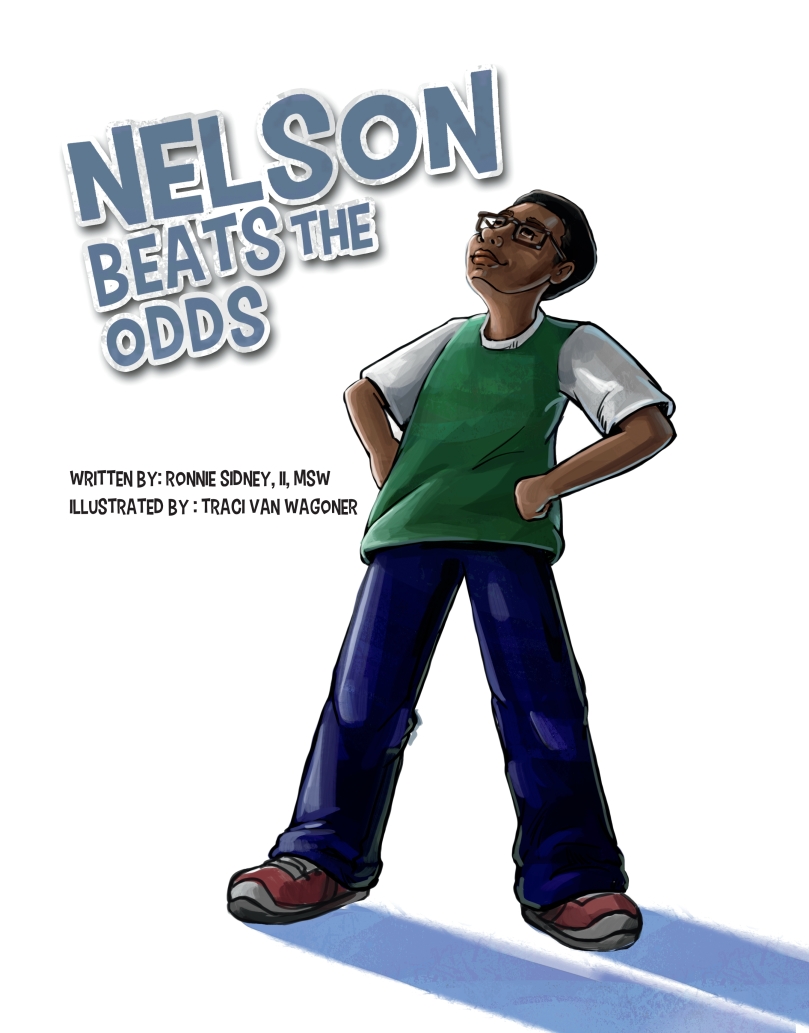In third grade my father spoke to my class for career day. He walked into the classroom proudly donning his Virginia State Policeman uniform. The entire class was in awe, especially when they saw the gun in his holster. Nearly every question the class asked my father centered on whether or not he had shot anyone. After my father left, the entire class wrote letters thanking him for coming to speak. I was the cool kid for the week thanks to my dad, the police officer.
My father, who is also an ordained minister, worked in law enforcement my entire life. My aunt would jokingly say he carried a gun in one hand and a bible in the other. I grew up respecting him and other police officers in my community. My father taught me how to engage officers when I was pulled over. I realize now his lessons weren’t just about respect, but survival.

Around the time DARE stopped coming to the school, I noticed police officers started treating me and my friends differently. I liked cops as a kid but as I grew older, it felt like they stopped liking me. It was like waking up from a good dream to a nasty reality, the reality of being a Black male in America.
My relationship with my father became strained. As a teenager I started seeing law enforcement through a different lens. Sure, my dad, his friend Ray, my cousin Button, were all great cops but what about the rest of them. What about the one who threatened to arrest me for loitering because I was walking through Walmart or the one who accused me of being in a gang because of the way I gestured to a friend. Former New York mayor Rudy Giuliani fired a shot at Black parents in the wake of the Dallas shootings. “You’ve got to teach your children to be respectful to the police,” said the former mayor. Mr. Giuliani, why should we keep teaching our children to respect the police when the police don’t respect our children?

I cried while I listened to the scanner audio from the Philando Castile police shooting. Philando wasn’t pulled over because of a broken tail light, he was pulled over because the police officer racially profiled him. I was involved in a similar situation a few years ago. I was stopped in front of my apartment at 4 AM by a police officer without probable cause. When asked why I was pulled over his only response was there had been robberies in the area. I wanted to bring up the fact the stop violated my constitutional rights but I was afraid. I was a black male, alone in the middle of a hillbilly town at 4 AM. This officer could have shot and killed me in “self-defense” and got away with it. I gave the officer my license and sat furiously in front of my apartment until he returned twenty minutes later. I felt humiliated. I felt powerless. I felt like a second class citizen in my own country. My friends said I should have filed a police report and my answer was why? If a police officer can kill an unarmed man on camera and get away with it, what do you think would happen to the officer who racially profiled me? Nothing.
All I know is that I’m tired. I am tired of being targeted by police officers because of my hair, nose and complexion. I am tired of feeling like I’m about to have an anxiety attack every time I see a police car in my rear view mirror. I am tired of feeling like a suspect when I did nothing wrong. I am tired of having to be overtly nice to cops because anything deemed threatening will get me killed. I am tired of having my car searched without probable cause. I am tired of the media victimizing victims of police-involved shootings by making inferences that their criminal record somehow contributed to their death. I am tired of hearing people say they shouldn’t have resisted as if resisting arrest is grounds for being killed. I am tired of the good officers being silent while bad officers commit atrocities. I am tired of people screaming Blue Lives Matter and All Lives Matter without affirming the value of Black Lives. I am tired of individuals killing police officers and the media attributing it to Black Lives Matter. I am sick and tired of being sick and tired!

My father is a police officer and I respect police officer’s authority, however, I do not respect police officers who abuse their authority and explicitly discriminate against minorities. ‘Broken Window’ policing, Stop-and-Frisk, and armored personnel carriers are tools of an occupying force- those types of tactics command fear, not respect. It’s unfair to ask communities of color to respect police officers when police officers aren’t respecting their constitutional and human rights. Every American should have the privilege of feeling safe and protected when they are in the presence of police officers.
My heart goes out to the police officers who were killed in Dallas and Baton Rouge and their families. I condemn the attacks against the police officers in Dallas and Baton Rouge while also condemning the officers who unjustly attacked Alton Sterling and Philando Castile. Instead of just teaching our Black boys how not to get killed by police, we need to have a real conversation about how law enforcement agencies treatment of Blacks, Native Americans and Latinos contribute to feelings of marginalization and disenfranchisement. We need to find solutions that fully address racial injustice in the criminal justice system or we risk further division and violence.
“Please don’t let hate infect your heart. This city MUST and WILL get better. I’m working in these streets so any protesters, officers, friends, family, or whoever, if you see me and need a hug or want to say a prayer I got you” #MontrellJackson #RestInPower #BatonRouge
































